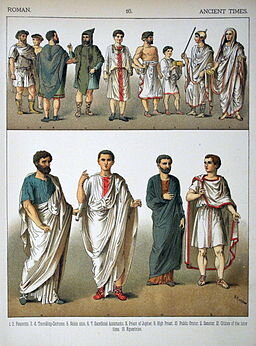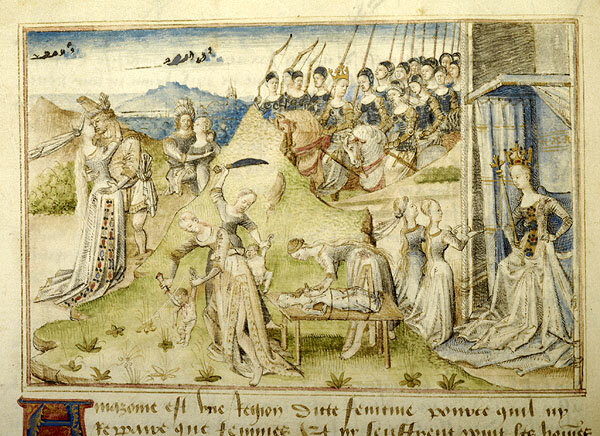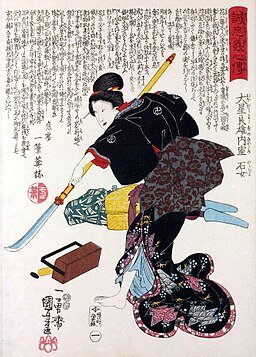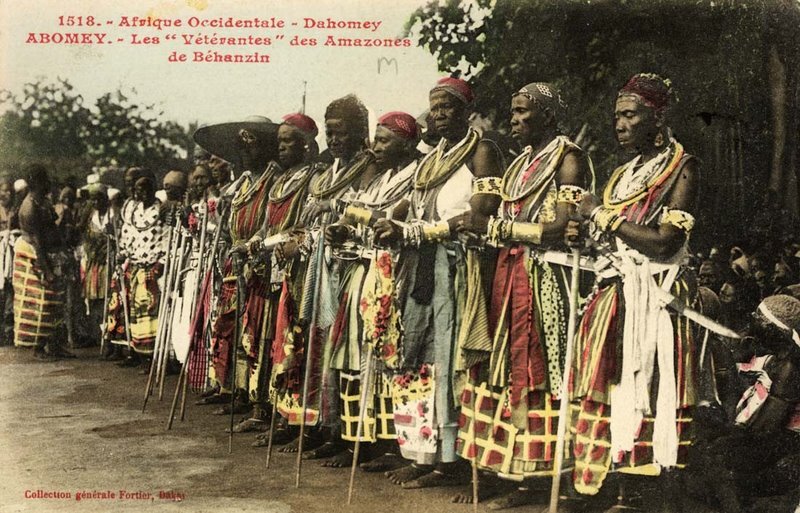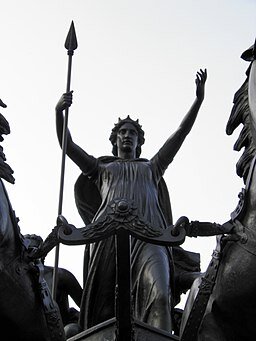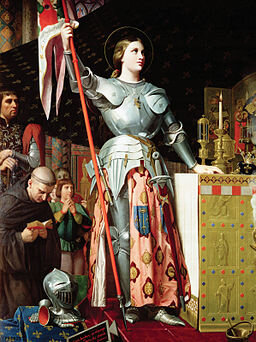Warriors Wear Dresses
How can I support the Dressember Foundation that doesn’t involve wearing a dress or tie?
Head on over to the Dressember FAQ page for some great ideas!
However, I want you to rethink your opinion of dresses. I am going to challenge every idea you might have had about who traditionally wears dresses, and what these garments represent. My goal by the end of this blog post is to make you look at dresses with a whole new sense of respect and appreciation.
For me, I have loved dresses from the moment I watched Princess Leia rock her iconic white gown while openly defying Darth Vader in Star Wars. I have always associated dresses with powerful women: Scarlett O’Hara in Gone with the Wind, Maleficent in Sleeping Beauty, Shuri in Black Panther.
For me, a dress is like a suit of armor. I feel more confident and commanding - more like myself - when I’m in a dress. It reminds me of the multitude of capable, intelligent women who came before me and conquered worlds, both figuratively and literally, in dresses.
History supports my view of the dress. In ancient times, no one wore trousers. In fact, according to Bustle’s article “The History of Men in Skirts,” it wasn’t until the nineteenth century that skirts and dresses became associated only with women. Throughout time, strong women and men have been donning dresses to go into battle.
Pants appeared at the same time as the domestication of the horse and were worn specifically for riding. Many early cultures rejected trousers as barbaric and uncivilized. The ancient Greeks even viewed them as effeminate.
The Romans wore dress-like togas in combat and the Scottish Highlanders sported belted plaids very similar to dresses before they transitioned to the small kilt. Hindu soldiers, Turkish fighters and members of the Qin military of China all wore what could be called dresses.
Over the centuries, there have been multiple contingents of ferocious female warriors, and many of them waged war in dresses. The Scythian warrior women of the Eurasian steppe are believed to be who the Greeks referred to in their descriptions of Amazons. When archeologists began studying Scythian burial sites, they learned that over one-third of them belonged to female skeletons buried with weapons of war and carrying heavy battle scars. According to the article “Historical Perspective: What did Women Warriors Wear?,” these soldiers were often clad in tunics with their long skirts hiked up for riding.
In Japan, members of the Onna Bugeisha were noblewomen who engaged in battle alongside the legendary samurai. Empress Jingu is said to have led an invasion of Korea in 200 BCE. As late as 1868, the Onna Bugeisha martial artists were active participants in military engagements. These fearsome ladies wore the traditional kimono, which is a long robe that bears a striking resemblance to a dress.
One of the largest female armies in the world was the Dahomey of seventeenth-and eighteenth-century Africa. These women fought savagely, and they did so in long tunics covering short pants. Over time, those undergarments disappeared, to be replaced by skirts.
This Dressember, I urge you to give dresses a chance. Try one on and think about its long and impressive history. Envision Julius Caesar, the great general who played a key role in establishing the Roman Empire. Or picture yourself as Boudicca, the Celtic warrior queen who led a revolt against that empire. Imagine Ahhotep I, the Egyptian ruler who took up arms with her soldiers in defense of Thebes. Think about any one of the fearless men and women who fought bravely while wearing a dress.
If you worry about modesty or live in a colder climate, adopt the practice of wearing leggings or trousers beneath, just as many combatants of old did. Adorn your new garment with accessories that remind you of how strong and powerful you are. My favorite is a tiny sword charm that prompts me to embrace my inner champion.
When anyone mentions your new attire, tell them why you are wearing a dress and how empowering it can be. The whole point, after all, is starting conversations about Dressember. How many more discussions can you start when you are someone who doesn’t normally wear a dress?
So, put on your battle armor and prepare to go to war against human trafficking.
Warriors wear dresses.
About the Author
Jeanette Bouchie is an adult services librarian at the Vigo County Public Library, where she has worked for 18 years. She is also a freelance writer and is thrilled to have the opportunity to work with Dressember to increase awareness of human trafficking. She also enjoys reading, tap dancing, traveling, getting dressed up, and attending the occasional comic con.

